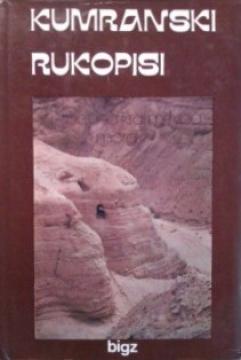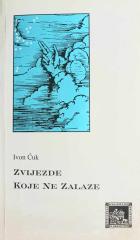
Kumranski rukopisi iz pećina kraj Mrtvog mora
The Qumran Manuscripts by Eugene Verber explores the historical, religious and cultural significance of the scrolls found in the Qumran caves, near the Dead Sea, in 1947.
Verber, a renowned historian and researcher, provides an in-depth look at these texts, also known as the Dead Sea Scrolls, which represent some of the oldest known biblical and non-biblical texts.
Verber explains that the manuscripts belonged to the Jewish community of Essenes, a religious group that lived in Qumran between the 2nd century BC and the 1st century AD. This community aspired to spiritual purity and believed in the coming conflict between the forces of good and evil, which, according to their teachings, represented the end of time. The texts contain fragments of almost all the books of the Old Testament, as well as many other writings such as hymns, apocalyptic visions and community rules.
In particular, Verber emphasizes the importance of the Book of Community and the War Scroll, which detail the rules of life and beliefs of the Essenes, as well as their preparations for the final showdown between the "Sons of Light" and the "Sons of Darkness." These manuscripts offer insight into early Jewish eschatological thinking, which later influenced the development of Christianity and the concept of the Messiah.
The book also discusses controversies and theories about the connection between the Essenes and the early Christian communities, as some researchers believe that their teachings may have influenced the followers of Jesus. In popular fashion, Verber questions the significance of the manuscripts for Jewish and Christian traditions, as well as their universal messages of morality, purity, and preparation for spiritual rebirth.
No copies available
The last copy was sold recently.





